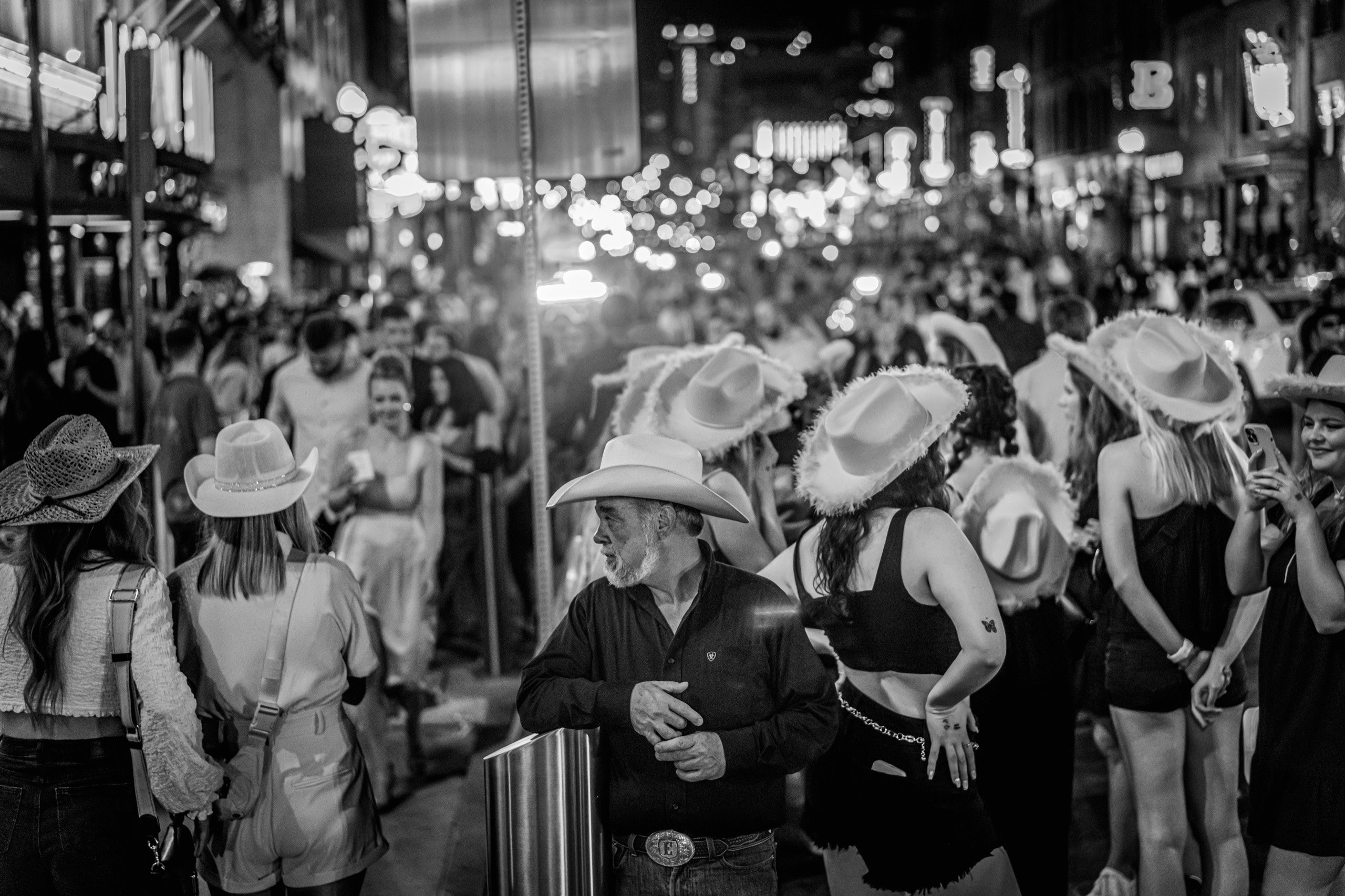Physical Address
304 North Cardinal St.
Dorchester Center, MA 02124
Physical Address
304 North Cardinal St.
Dorchester Center, MA 02124

Non-white artists and curators are underrepresented in the Australian art industry. There have been active efforts to change this, such as creating designated roles for First Nations arts workers, but more work remains to be done.
In 2018, Diversity Arts Australia’s Shifting the Balance Report examined the cultural diversity of leadership in the arts. It found that in the visual arts, craft, and design sectors, 89% of leadership positions were held by individuals identifying as Anglo-Celtic. Across Australia’s institutions, leaders of color are predominantly found in major urban art institutions. Despite Australia’s diverse population, First Nations and culturally diverse people are particularly underrepresented in leadership positions in regional areas.
Leadership roles in Australian galleries often require a background in curation. Hence, creating opportunities for diverse emerging curators is crucial for future leadership diversity in the art sector. Regional galleries are uniquely positioned to lead the transformation of Australia’s art industry toward greater cultural diversity.
Emerging curators face many challenges, including a lack of institutional resources and opportunities to work with established organizations. Non-white curators face additional hurdles, often finding that exhibitions aren’t staged with culturally appropriate methods. These challenges are further magnified for non-white curators in regional areas, where fewer opportunities exist compared to their city-based counterparts.
Regional areas are witnessing a surge in cultural diversity due to factors like migration and cost-of-living pressures in larger cities. However, despite these ongoing demographic shifts, Indigenous and migrant communities in these regions still face institutional and social challenges.
We have been involved in the HERE+NOW program at Wollongong Regional Art Gallery as artists and curators. This program, focusing on artists and curators under the age of 30 with a connection to the Illawarra region, is facilitating significant change in the local community. It is unique in its embrace of decolonial and Indigenist practice principles.
Decolonial practice involves creating opportunities for restorative justice, such as offering generous commissions to young First Nations artists without a significant history of showing in galleries. This challenges the gallery as a space for established artists and redirects funding to First Nations communities. Indigenist practice prioritizes Indigenous leadership and ways of knowing, being, and doing. For instance, allowing a smoking ceremony within a gallery promotes cultural health and safety, thanks to Indigenous leadership and ongoing relationship-building between curators, galleries, and local Indigenous community members.
Through the HERE+NOW program, emerging curators and artists can access institutional resources, gain experience working in established arts organizations, and be compensated for their work. As curators, we experienced how such initiatives can improve diversity in the arts. We identified three forms of institutional support that could be applied by other galleries throughout Australia to nurture emerging curators of color.
One approach is alternative recruitment strategies. To recruit artists for exhibitions, we used community callouts and encouraged communities to share these callouts within their networks. This snowballing recruitment method created opportunities for individuals beyond art industry social circles. It also reached more non-white artists who had never considered engaging with a regional gallery. If embraced broadly, this approach could ensure more diverse voices are displayed in galleries, fostering a more equitable cultural landscape.
Another key element is providing autonomy and flexibility. Artists and curators had significant autonomy in their contracts, with success measured through audience diversity rather than visitor numbers. This allowed for greater freedom both physically in the gallery space and conceptually in the exhibitions’ messages. Increased autonomy and flexibility could lead to more experimental work, fostering innovation while enabling deeper community connections.
Equal treatment in exhibition production and design is also crucial. HERE+NOW curators received the same support in exhibition development as other gallery exhibitions, which expanded the possibilities for both curatorial and artistic visions. This approach avoids segregating “emerging” programs from the main gallery calendar, resulting in successful outcomes for galleries while producing work authentic to diverse artists, curators, and their communities.
Our curatorial projects aimed to work with Indigenist and decolonial practices. The support offered by the gallery ensured we were backed in our endeavors. Institutional support is essential in aiding diverse artists and curators, who often bring different methods and communities. If more regional galleries embraced these working methods, we could shape a very different future for Australian art.
Opportunities like this can foster a quietly radical shift in Australia’s cultural self-understanding while creating pathways for future cultural leaders.
Source: Diversity Arts Australia



